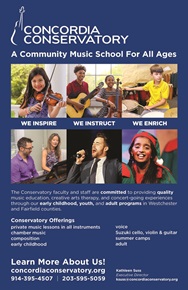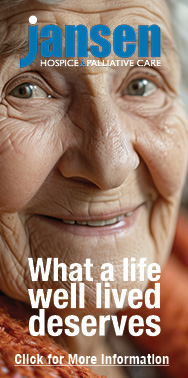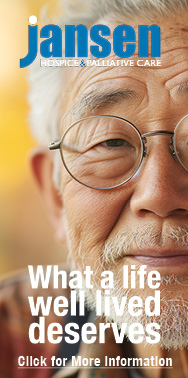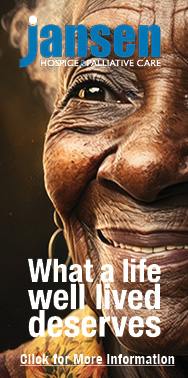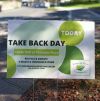From The Mayor: The Many Benefits of Making Bronxville More Walkable
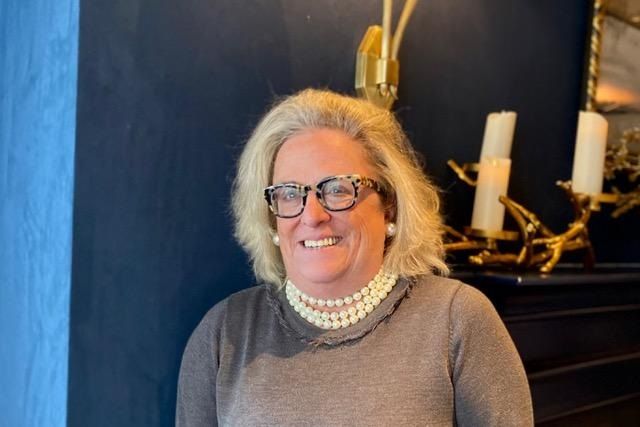
By Mary Marvin, Mayor of Bronxville
Oct. 12, 2022: I continue this week on the theme of walkability, which is the major focus of the Board of Trustees this fall.
Walkability is defined by the quality of which the built environment enables the mobility of its pedestrians. Walkability is at the heart of a community’s sustainability as it is humanities first mode of transportation, a transportation that does not require external energy sources and that does help keep people healthy, happy and active.
As background, post-World War II, most new and then desirable communities were laid out with classic grids with very large roads with pedestrian safety often as an afterthought. Some suburbs even removed sidewalk requirements out of their zoning codes as many streets were planned with priority on dedicating parking spaces as opposed to parkland cognizant that most residents travel many miles to get to jobs or schools.
Bronxville, thanks to the understanding of carbon footprint, fuel costs and the joy of living near activities that one wants to reach expeditiously, is now a community in vogue. We have all the indices of what is now considered the ideal community: an excellent public school, a world-class hospital, convenient metropolitan transportation, quality medical facilities, houses of worship, easy access to food and medicine, and the ability to find all of one’s personal needs in a shopping district that’s easily accessible.
We need to capitalize on this as the idea of a town center with a “Great Hall Square and the County Courthouse” that dates back to the 1800s is so back in style. Part of the impetus for its popularity is that many more of the young workforce do not even own cars and desire to either walk or take public transportation for work and leisure. As illustration, the percentage of people without a driver’s license decreased across all age groups since 2011 and only 69% of 19 years olds currently have licenses vs 87% in 1983.
It took a while for people to see that the benefits are transformative on every level. Not only does walking and biking reduce air pollution and carbon emissions, and “exhausting” traffic stress, studies have proven that they mitigate chronic diseases such as obesity, diabetes, hypertension, mental health illness and depression.
Neighborhood walkability is also associated with lower respiratory disease rates such as asthma in children. Walkability makes neighborhoods more sociable and fosters more frequent and longer interactions between members in a community allowing for better bonding, which is correlated to mental health and longevity. Very importantly, neighborhood walkability provides mobility to children that not only makes them healthier but more social.
So how do we get back to a standard of living that emphasizes walking over driving and that makes sense health wise, socially, emotionally and ecologically, all proven by data? As example, sidewalks that are wide enough for people to walk side-by-side and still be able to have someone pass them on the sidewalk define truly safe communities. In Europe, driving lanes are narrowed driving lanes from 12 to 10 feet in what is called a road diet.
As an indici of our skewed favoritism to automobiles, in the year 2000, the total United States expenditure on walkability efforts amounted to $4.6 billion vs $128.5 billion on widening roadways. In order to emulate the European model, both municipal governments and residents have to do their part. To encourage walkability, the route has to be aesthetically appealing with attractive vegetation and trees that reduce temperatures and improve air quality. Walking with the perception that the route is safe is a constant need especially for the elderly and children.
We must also figure out methods to allow pedestrians to take the shortest and most direct passages to their destinations and make sure their destinations include schools, shops, restaurants, offices, gyms and public transportation. Residents also need to travel on a route that is well lit where there are appropriate road crossing safe passages and a feeling of personal safety.
The Village is trying to lead the way by repairing as many municipal sidewalks as possible and planting through a robust program of replacing municipal trees so that one can find their route to their destination expeditious, attractive and safe. We asked you to join us in this campaign and make your property as safe and attractive as possible.
Sustainable Living Directory
The Bronxville Green Committee is a volunteer organization under Village government. We work with the Trustees and Village staff on programs that promote clean energy initiatives and sustainable ways of living. Our programs include The Bronxville Giving Garden, a community garden whose produce is donated to local groups; Take Back Day, when we collect items to be recycled; and Pollinator Pathways, which encourages adding native plants to our gardens. We believe everyone can make a difference by adopting simple, sustainable practices in daily life so we can work together to protect what we love -- our families, our homes and our town.


